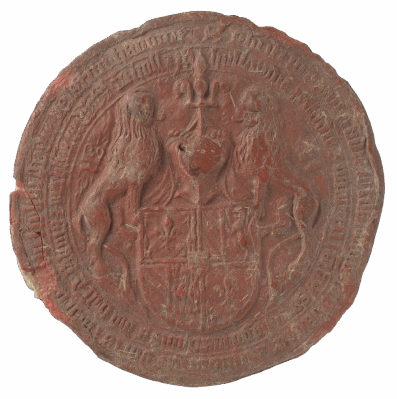💰 The winter of 1521-1522 is bitterly cold. Too cold to replace a roof. Due to lack of work, Brussels roofer Jan Slave and his wife suffer from poverty. His growling stomach prompts Jan to come up with a daring plan: to break into the Coudenberg Palace. Perhaps Jan had heard about the treasures and riches of the palace, the gold and gems of the New World. The emperor could do without some jewels, couldn’t he? He manages to get into the attic above the jewellery shop via a spiral staircase and a forced door. He removes some planks from the ceiling and slides into the crime scene with the help of a rope… His booty consisted of “17 or 18 gold bells, cut from a necklace, four gold coins with some gems and precious stones, and a ‘paternoster'”. Jan had already sold some of the loot when he was arrested and locked up in the city jail. Fearing a severe punishment, he asks the sovereign for a pardon through the Brabant Council. Margaret and her advisors were lenient, provided Jan paid the legal costs. Some six months after the events, in July 1522, Jan obtains his letter of remission, which frees him from all prosecution.
📜The State Archives preserve thousands of letters of remission similar to Jan’s story. Through these documents, the monarch granted pardon to subjects who had committed a serious crime and asked for clemency. The stories of these crimes bring us closer to the people of the time. The PARDONS project (2021-2025) will eventually open up these letters of remission and make them accessible to a wide audience.
🔔Progressively, during the year 2022, several “pardon stories” will be published and shared to make you discover another world.
To further explore the story of Jan Slave, please see the website of the General State Archives (free account needed).



